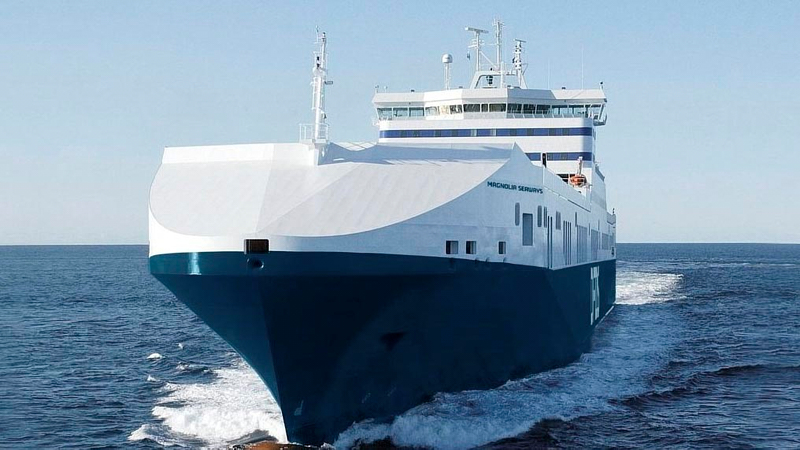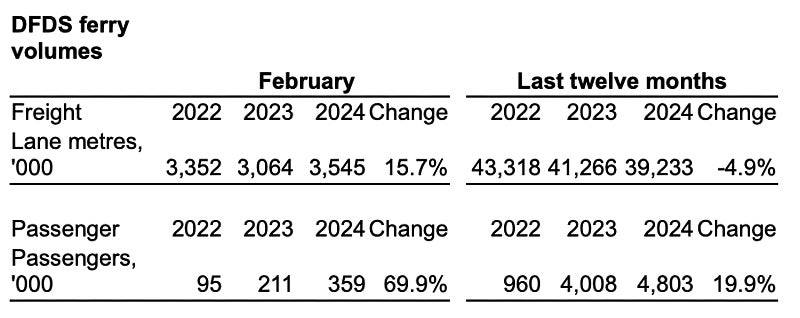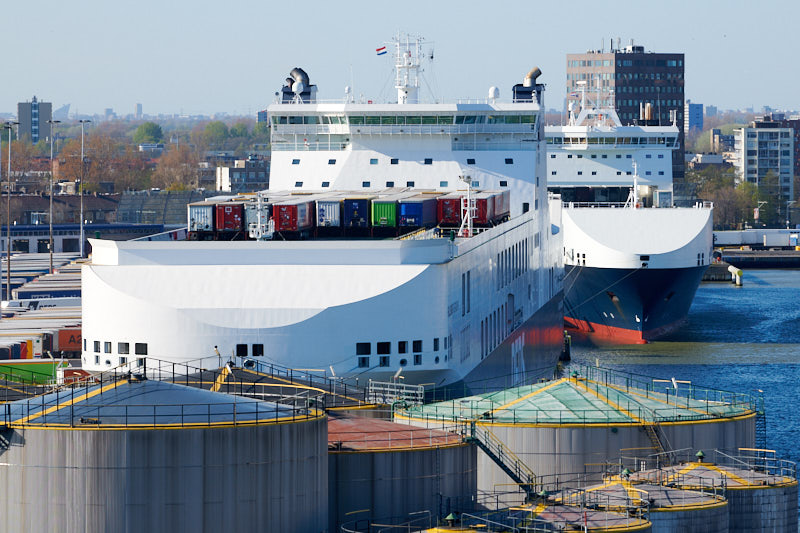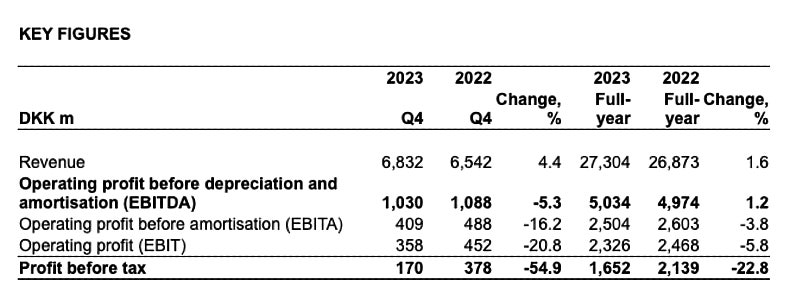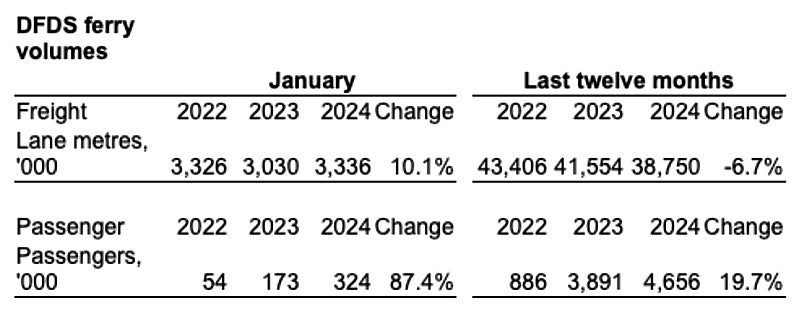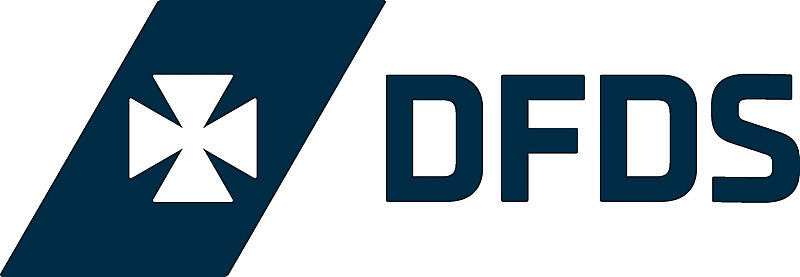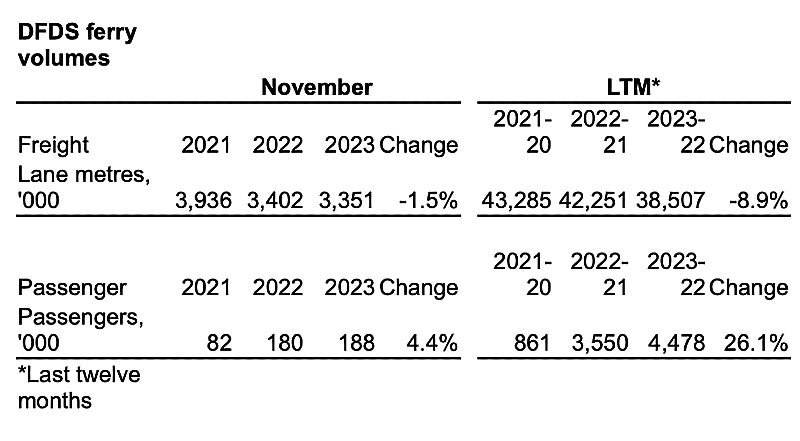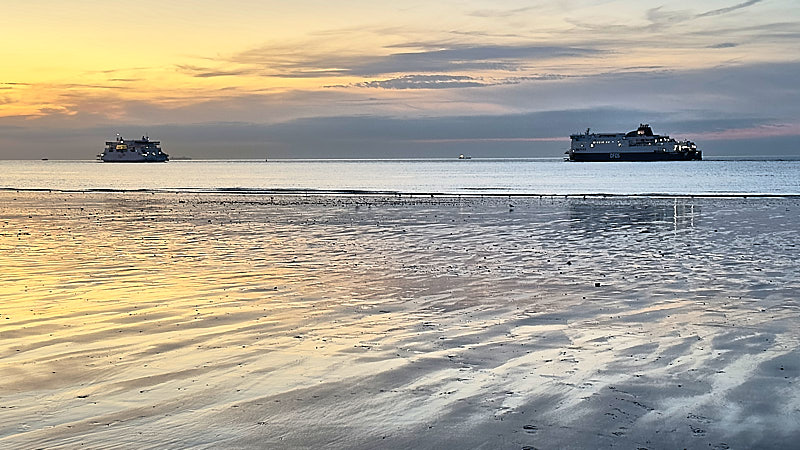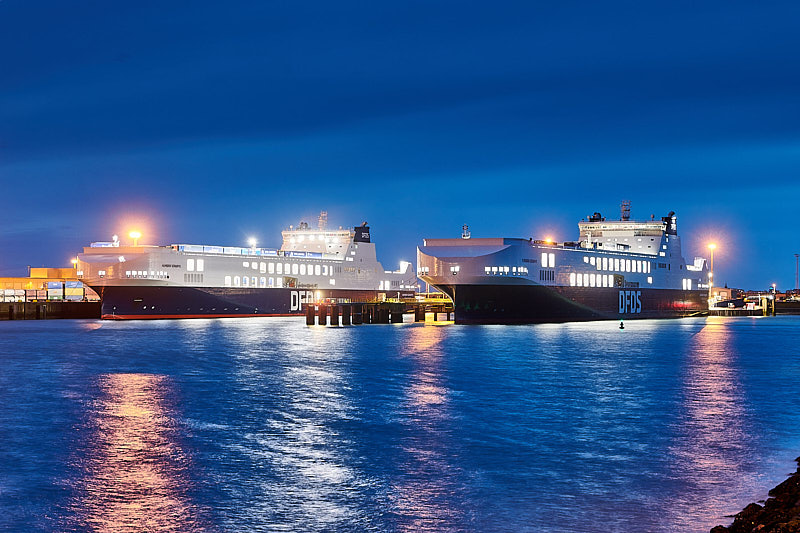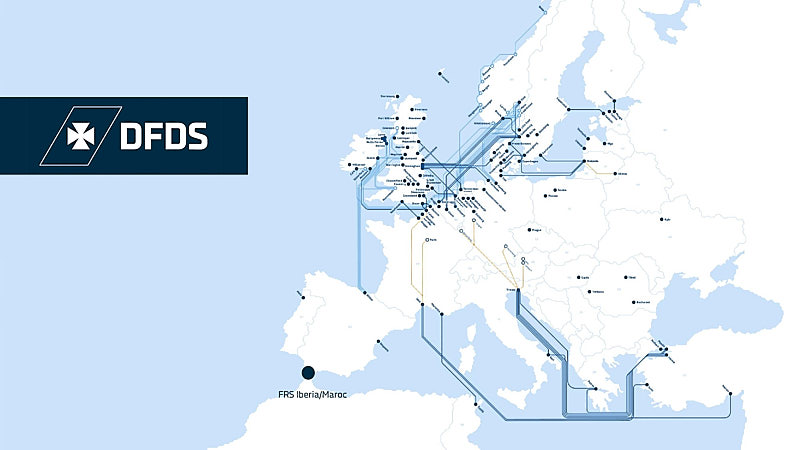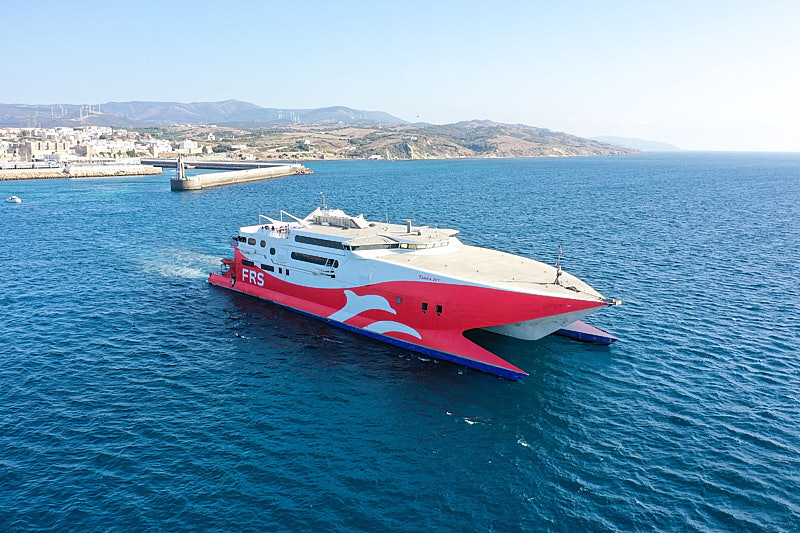During the past year, H2 Energy and DFDS have worked together on a project to analyse the feasibility of retrofitting large ferries with a hydrogen propulsion system. Now, the project has been finalized contributing with important knowledge for further analysis on the use of hydrogen as an alternative fuel for sea and road transport. The project was supported by the Danish Maritime Fund.
DFDS has recently launched its ‘Vessels of tomorrow’ programme, which will see two methanol, two electric and two ammonia vessels added to the company’s fleet over the next six years.
Although hydrogen is not included in the programme and DFDS is not planning to use hydrogen as a fuel in the very near future, DFDS will continue to contribute to the development of knowledge on hydrogen as part of the company’s ongoing analysis of possible net-zero scenarios for both vessels and road transport.
Read more here (DFDS) and here:
Photo: DFDS
